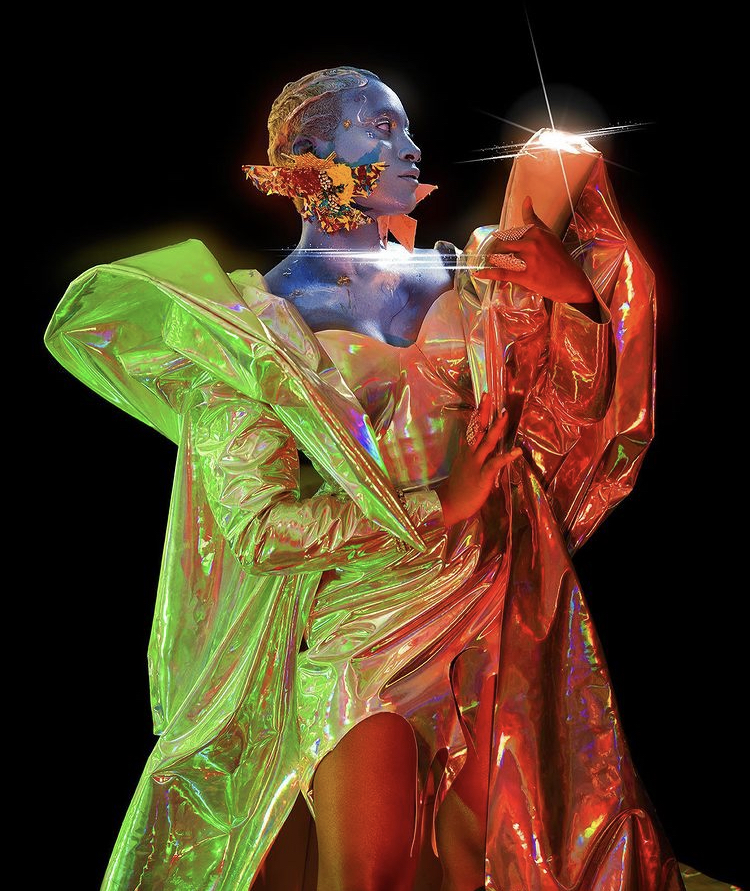
One Plus One Equals Three: The Power Of Collaboration In The Creative Industry
One could ask, in these days when Generation Zers are capable of learning independently and delivering exceptional outcomes, how vital collaboration and teamwork are in the creative industry. Why would a music producer, video director, graphic artist, photographer or model need to know how to work together with others when they can accomplish the job on their own? Benefits of collaboration
Wouldn’t it be easier for them to accomplish what they’ve been educated to do without having to share their ideas, agree to a compromise that pleases someone else’s taste, or feel forced to give up ideas in order to include the thinking of others into the work? The mindset is the key to the solution. Collaboration is a powerful tool in the hands of creatives.
The process of working with others to achieve a common objective in a novel way is known as creative collaboration. Working on projects alone can limit the amount of feedback you receive during the creative process, excluding alternative viewpoints. Collaboration enables for the development of relationships and progress among collaborators, resulting in a more successful end result.
Collaboration is crucial in all parts of the creative industry since it pushes projects to the next level. It might appear different for everyone depending on their function.
Film has previously demonstrated what can be accomplished when creative minds work together on a single subject. The sound, the graphics, the story, and even the aesthetic depiction of promotional images that result in all-around engaging movies only serve to demonstrate the need for collaboration.
It’s normal that creatives prefer to work alone and create works as solitary authors, thus they think of their work as ‘my work’ or ‘your work,’ rather than ‘our work.’ However, if creatives want to develop collaborative works that wow and go beyond their previous bounds, they must shift their thinking.
Forced collaboration will not expose the numerous benefits of working in a group if it is viewed as a chore. Rather, it can confine a person’s thoughts and skills to those that are predefined for them. The benefits of organic collaboration, on the other hand, are significant on many levels.
Let’s take a look at why collaboration and teamwork are so important in the creative profession…
Collaboration serves as a gateway to gaining new knowledge:
Collaborating with creatives that share one’s philosophy but have different abilities or expertise can be really beneficial. A creative with greater in-depth knowledge, previous experience with a certain task, a different viewpoint on a problem-solving situation, or simply a new shortcut in your favorite software can teach you new information in practice while you and others implement it in real time.
Opening up to collaboration allows one see the different possibilities of an idea:
Working with people who think differently (and may be difficult to deal with) offers its own set of advantages. Similar minds with similar experiences often see the same answer to a problem — but it’s only one of many options, and it’s not always the best. Someone else must be present, able to convey his or her experience, and willing to share his or her approach in order to see and solve the same problem with someone else’s mind. One of the most valuable gifts a creative person can acquire is the capacity to glimpse into another mind, where solutions function in radically different ways but nonetheless create the required outcomes.
Collaboration breeds innovation and pushes implementation:
Creative collaboration leads to innovation by the way of implementation. Implementation of a creative idea leads to innovation. There are a million great ideas floating about in the minds of the world’s creative geniuses that will never be realized because most people do not have the courage to implement them on their own or know where to begin with carrying the project out. All of the aforementioned factors contribute to the successful deployment of an innovative idea.
While collaboration is essential for innovation, convergent thinking remains a danger. The best method to deal with this is to bring diversity into the group and allow people to undertake both independent and group work.
Collaboration makes production better which leads to higher quality of output in lesser time:
The benefits of a team’s productivity over an individual’s productivity for a creative undertaking are evident. A team, of course, has a higher cumulative knowledge base because it consists of more minds with more ideas. This results in more condensed production processes when done appropriately.
Better productivity, often higher quality, more creative output, longer-lasting motivation, greater efficiency, and faster delivery are all benefits of a well-organized workforce. A well-structured collaborative team is capable of reaching results that would take an individual ridiculous amounts of time or money to achieve.
Collaboration gives one an insight on potential future collaborators:
Getting to know other individuals in the creative industry and partnering with them can help us figure out who we should get to know better and who we should avoid — all while on the job and with no life-altering risk.
These benefits highlight the value of collaboration and teamwork in the creative sector. The greater the worth of an individual with an open mentality who is willing to learn, extend, connect, and flourish, the larger the creative team and the larger the art project. Remember, one plus one equals three.
2 Comments
Comments are closed.
[…] the creative industry, collaborations can be very explosive and life-changing. It’s about merging ideas, syncing execution, and delivering a spectacular […]
[…] that all parties are on board with the idea, it is important to note that a collaboration is not a competition; you’re not here to outdo the other party. Respect the other party, carry them along, and be open […]